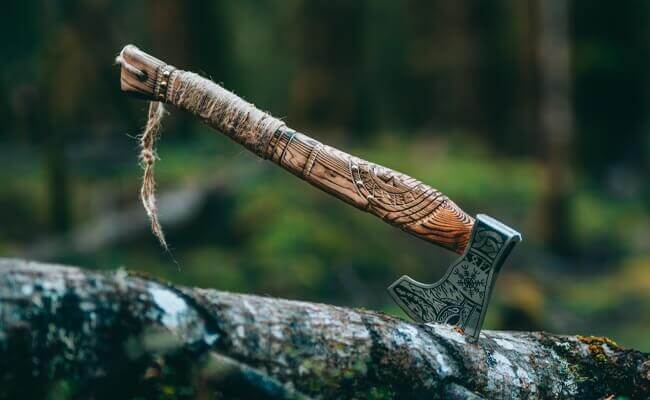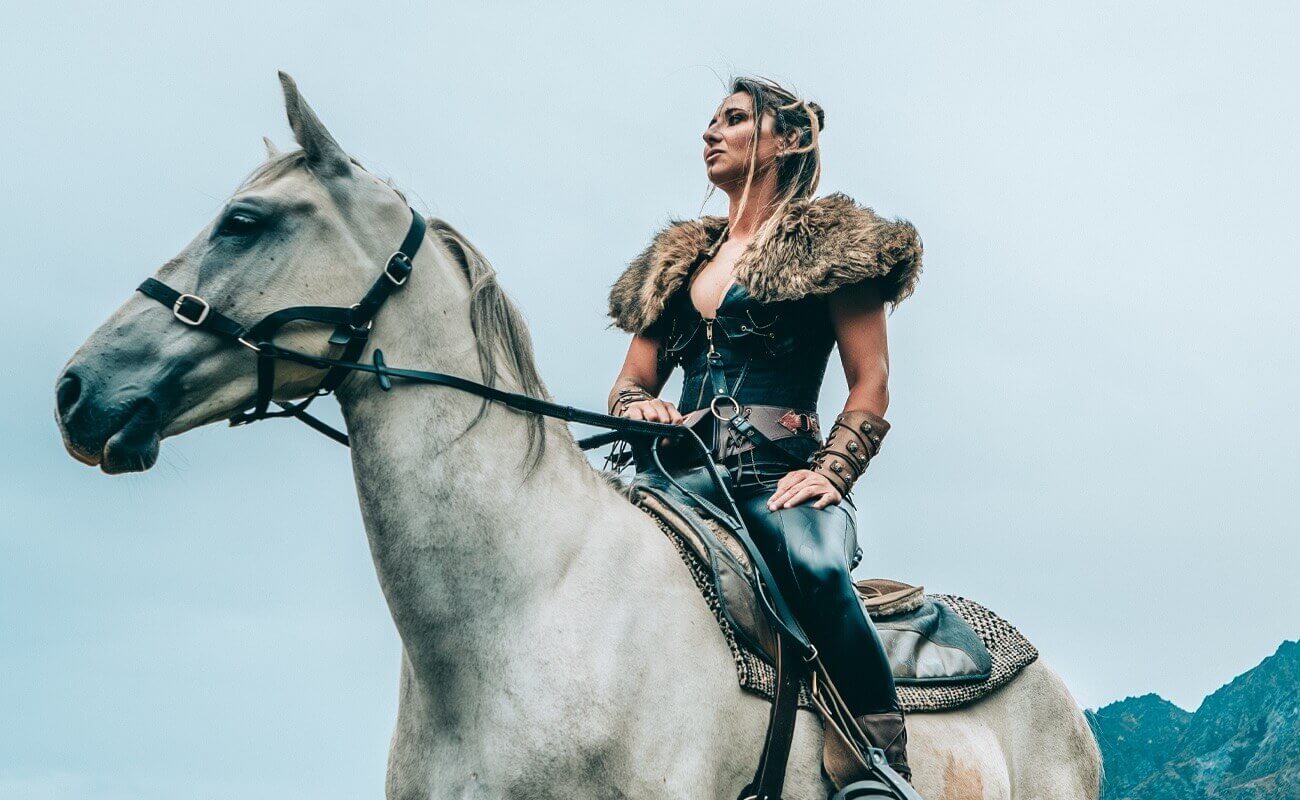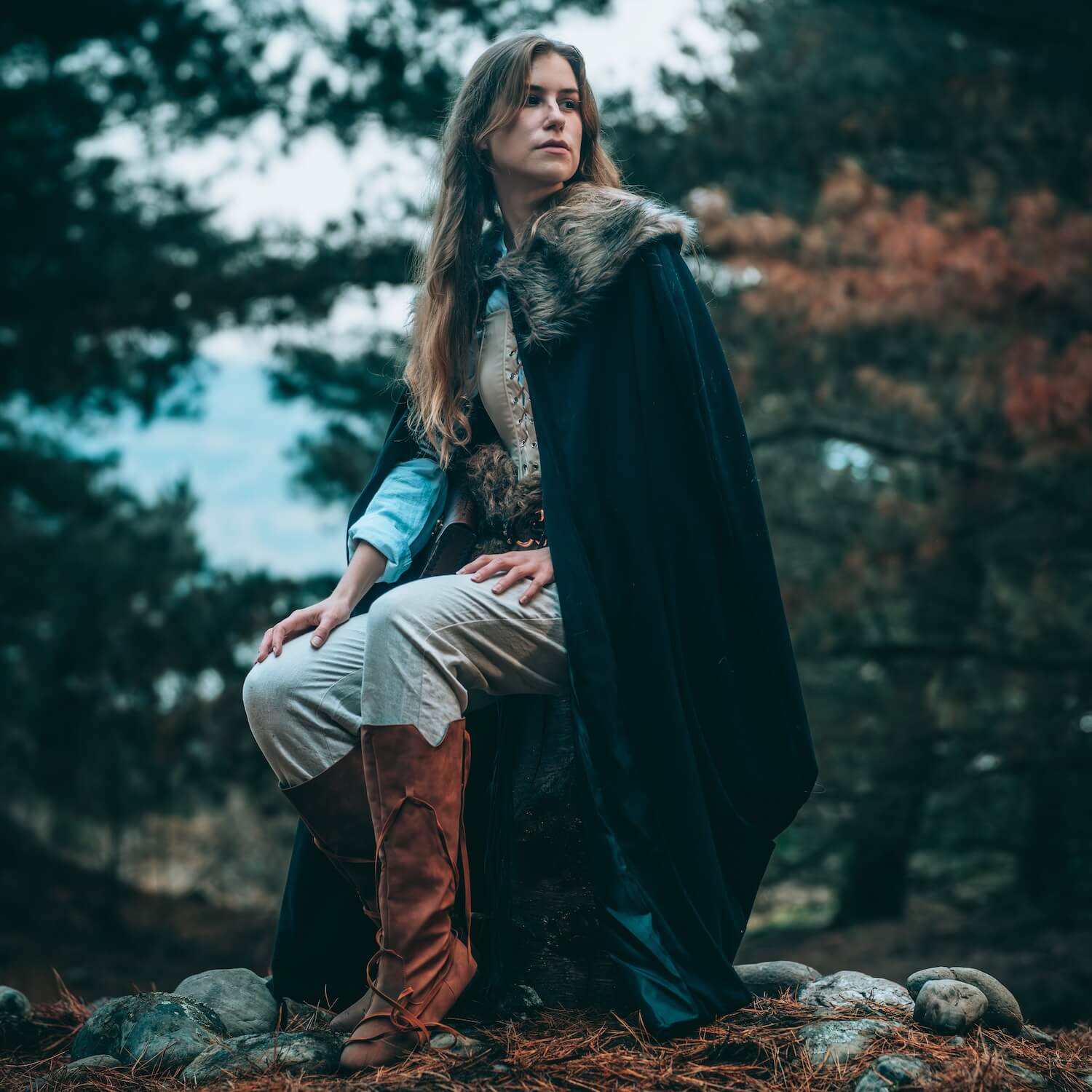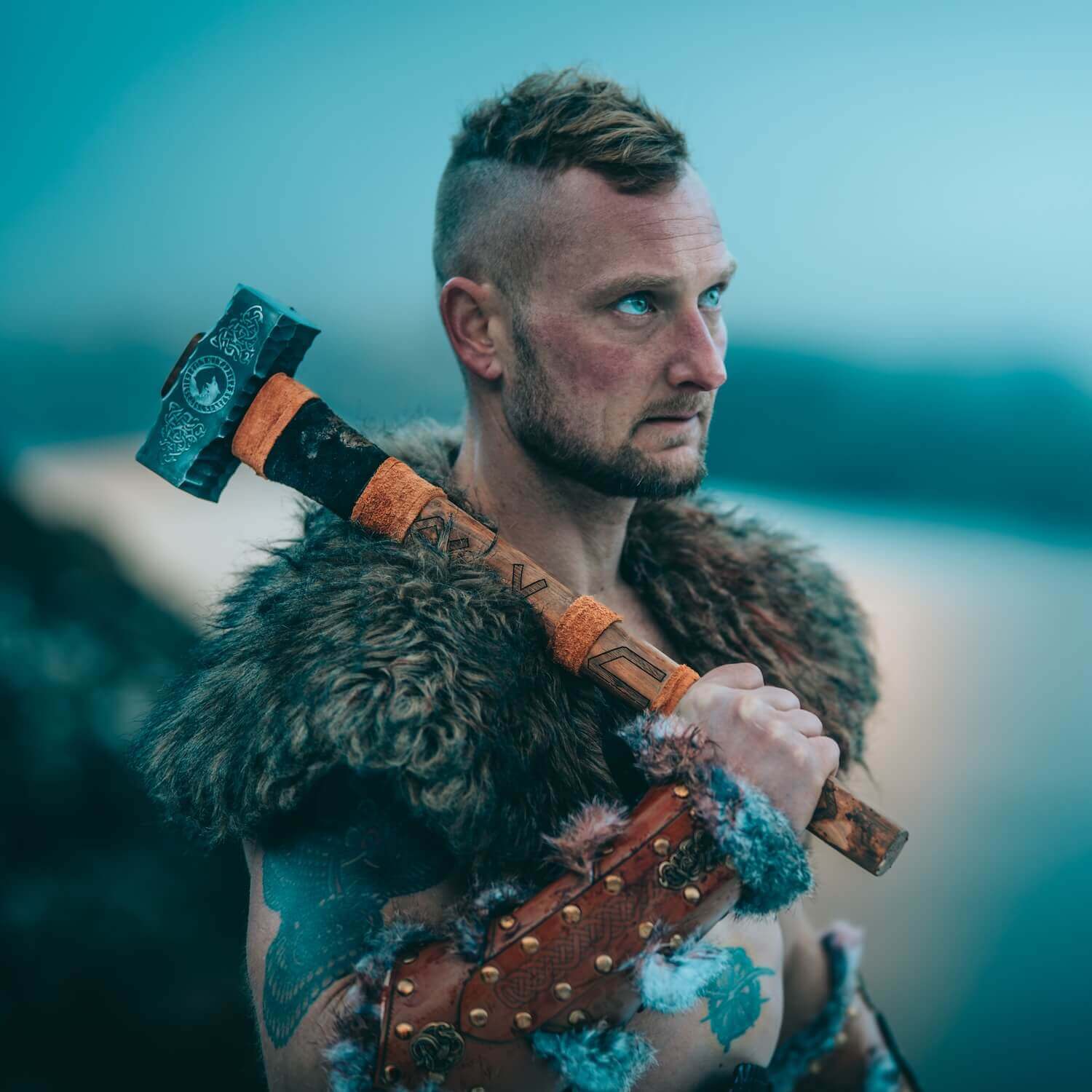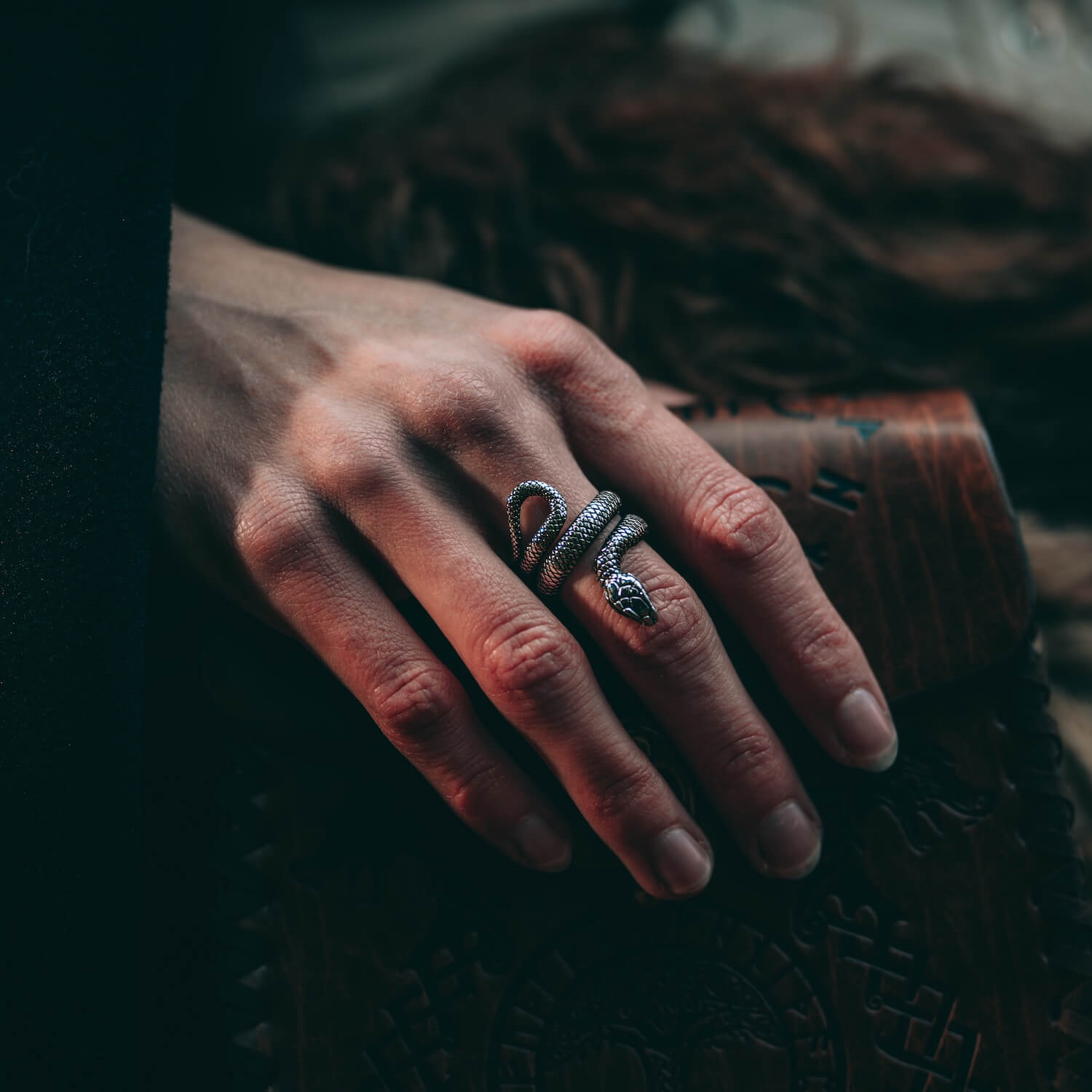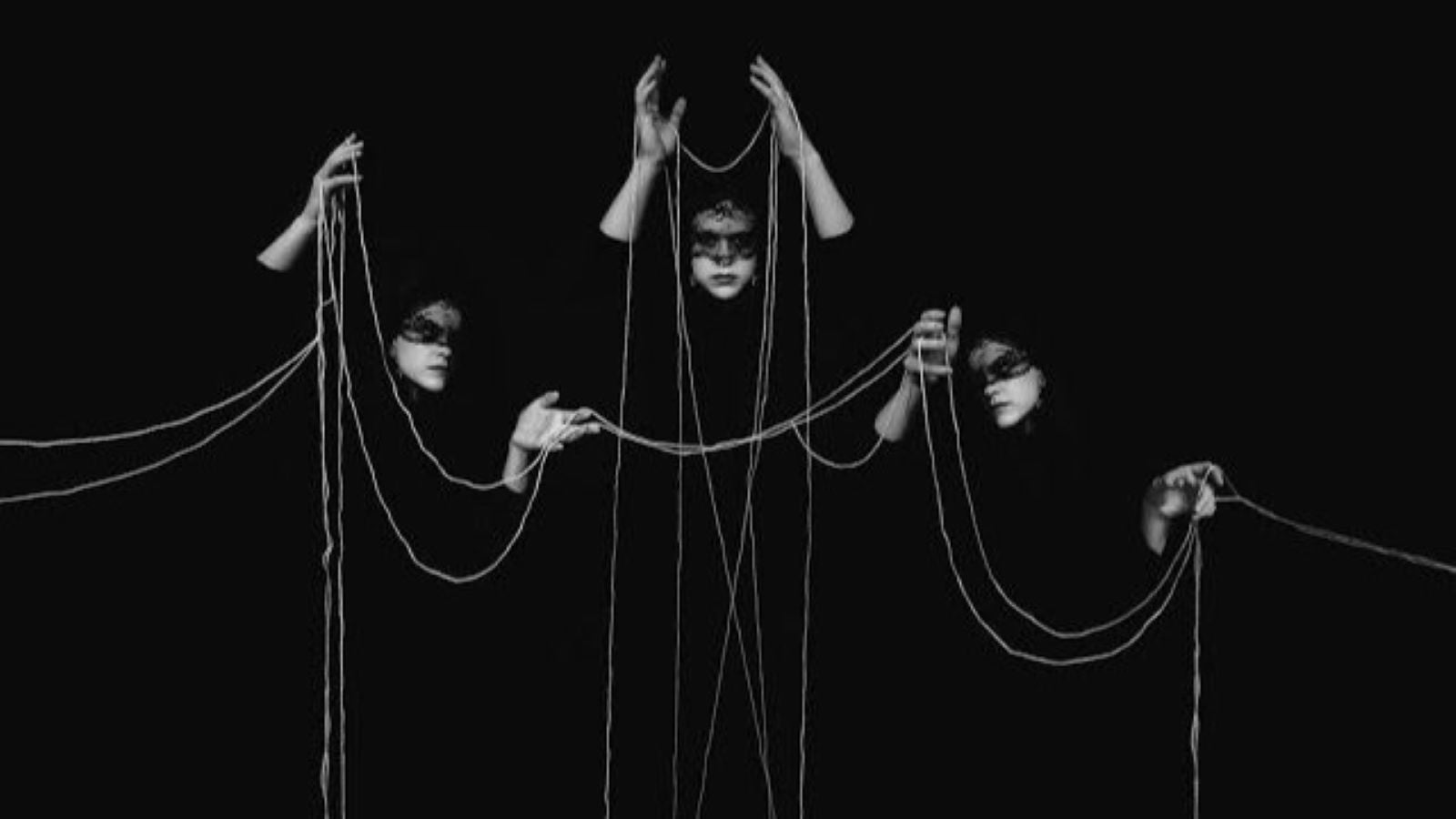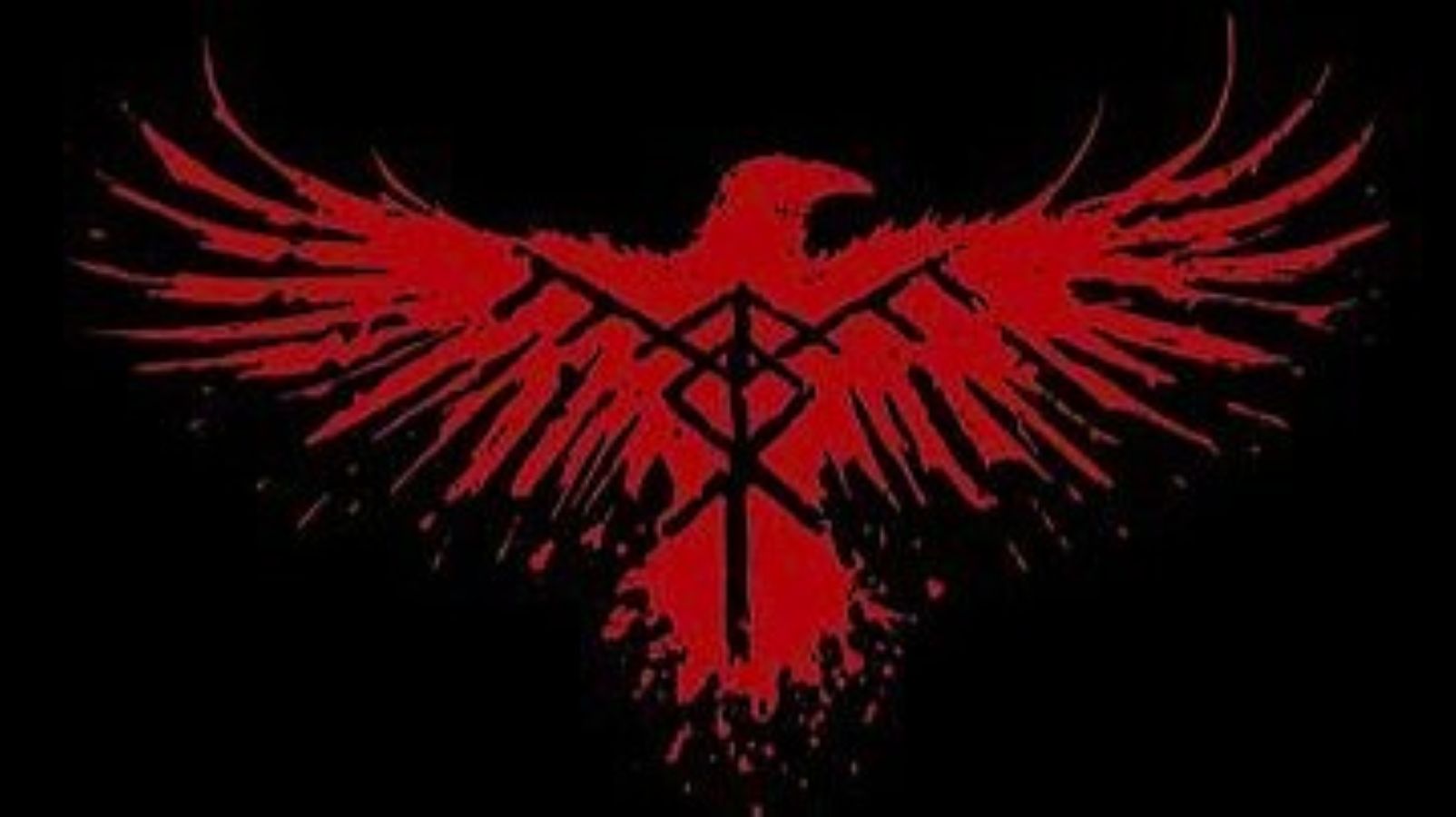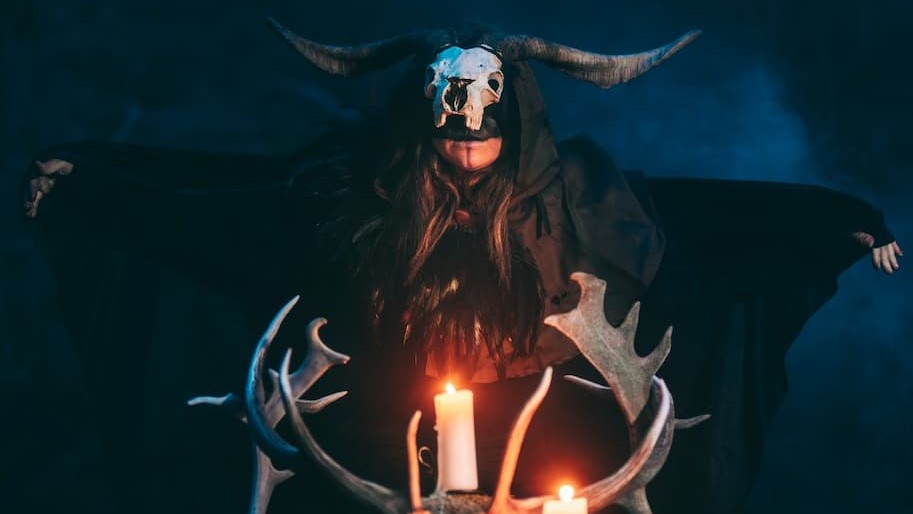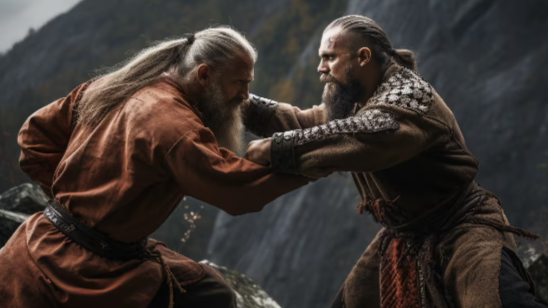
The Art of Glima: Wrestling in the Viking Tradition
In the annals of Norse culture, amidst the clash of swords and the roar of battle, exists a martial art steeped in tradition and imbued with the spirit of the Vikings—Glima. As a cornerstone of Viking physical culture, Glima represents more than mere combat; it embodies the values of strength, skill, and honor.
Glima, the traditional Norse wrestling style, traces its roots back to the rugged landscapes of Scandinavia, where physical prowess was revered as much as martial prowess. Unlike the gladiatorial combat of other cultures, Glima emphasizes technique and agility over brute force, reflecting the pragmatic approach of the Vikings to warfare and survival.
The art of Glima was not merely a form of entertainment or sport but a vital component of Viking society. From childhood, Norse youths would hone their wrestling skills, learning to grapple and throw with precision and finesse. Glima matches were often held as part of festivities and gatherings, serving as a test of strength and camaraderie among warriors.
Central to the practice of Glima are a series of techniques and holds passed down through generations. These techniques, ranging from simple takedowns to complex joint locks, are designed to subdue opponents with minimal effort and maximum efficiency. Unlike modern wrestling styles, Glima allows for a wide range of techniques, including throws, trips, and submissions.
Beyond its practical applications, Glima is imbued with symbolism and ritual. Wrestlers often donned elaborate costumes and performed intricate ceremonies before matches, invoking the favor of the gods and seeking protection in battle. These traditions not only added to the spectacle of Glima but reinforced the spiritual connection between the wrestler and the divine.
The enduring legacy of Glima resonates as a poignant testament to the strength and skill embodied by the formidable Viking warriors of antiquity. Through the intricate tapestry of Glima's traditions, from the rugged landscapes of Scandinavia to the bustling arenas of the modern world, we find a bridge connecting past and present—a bridge built upon the shared values of resilience, resourcefulness, and unwavering determination.
As practitioners of Glima continue to honor the heritage of their forebears through workshops, tournaments, and cultural events, they not only preserve a martial art but also uphold a sacred bond with the ancestral spirits who forged the path before them.

